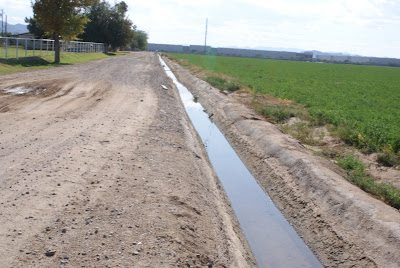11/21/11
 |
| Lake Caroline at Meadowlark |
| |
I am spending this Thanksgiving week with family in northern Virginia. In the town where we used to live there is an outstanding botanical garden called Meadowlark which we visited. Meadowlark Botanical Gardens is a 95-acre complex with numerous plant, shrub and tree collections. Besides lovely lakes and gazebos, it has walking paths, sculptures, benches for sitting to contemplate the surrounding beauty, bird houses, and bee houses.
 |
| a walking path |
 |
| one of many sculptures |
 |
| a bee house |
You enter through an architecturally pleasing visitor center which contains a library, gift shop, meeting rooms, and exhibits on the various garden collections. The day we visited there was a collection of different bird nests.
 |
| visitor center |
Besides annual and perennial flowers, other collections include native wild flowers, irises, daylilies, lenten roses, ferns, hostas, chrysanthemums, salvias, herbs, native wetlands, aquatic plants and a bog garden. Shrub collections include azaleas, lilacs, hydrangeas, nandinas, hollies, peonies. Flowering cherries and plum trees, crabapples, dogwoods, Virginia native trees, and conifers encompass some of the tree collections.
 |
| Tenderheart collection |
 |
| daylily collection |
Some specialized areas include a children's tea garden, a picnic area, a Korean bell garden.
 |
| Korean bell pavilion |
Meadowlark presents workshops, on gardening and horticulture, conducts tours, field trips, moonlight walks, bird watching walks, and puts on concerts. There is an additional building on the grounds called the Atrium that has three glass sides and that houses an indoor tropical garden that is a popular venue for weddings, corporate banquets, flower shows, nature photography exhibits, and gardening/horticultural workshops.
A thoroughly enjoyable visit to a sanctuary of beauty and nature.






















